RDX Director Nahas Hidayath: 'I Want To Be The Guy Who Offers You A Great Theatre Watch'
With his RDX proving to be a box office sensation, filmmaker Nahas Hidayath chats with Neelima Menon about what comes next.
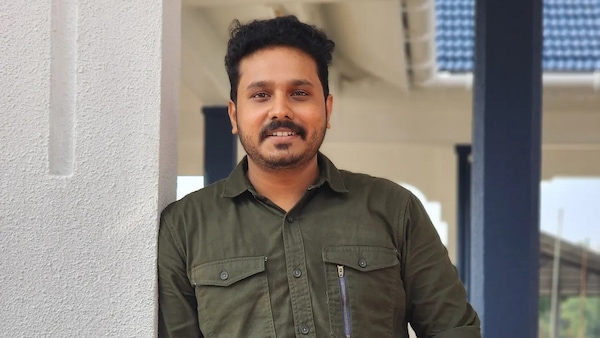
Last Updated: 01.22 PM, Sep 24, 2023
JUST when his “second” debut RDX was all set to hit the screens, 29-year-old Nahas Hidayath was staring at a crisis that wasn’t of his making. The film was embroiled in an ugly controversy that involved one of his lead actors and the producers. For the Network Engineering graduate, who had shifted base from a small town to Kochi, braving family opposition, this was a last-gasp attempt to manifest his dreams. Especially as his debut film failed to take off owing to the pandemic, Nahas desperately needed this effort to see the light of the day.
In an industry that is infamously superstitious, it is considered unlucky to have your debut film abandoned. Nahas knew if RDX didn’t release, only he had everything to lose. Secondly, his film was the dark horse, pitted against a giant like King Of Kotha, which was considered the top contender to break all existing box office records. In an anti-climax of sorts that would possibly be an inspiration for Nahas’ second film, not only did RDX smoothly release in theatres, but also bested KOK at the box office.
For the youth who had hitherto looked to Telugu and Tamil cinema to satiate their hunger for masala action films, RDX was a solid adrenaline-pumping action package, headlined by three heroes who relied on good old martial arts to wreak havoc on their adversaries. What’s essentially a fatigued plotline gets a smart tweak in the hands of Nahas who stages some sensational action set pieces and then of course milks the universal emotion called family to get the ball rolling.We had a quick chat with the director to discuss this post-RDX phase.
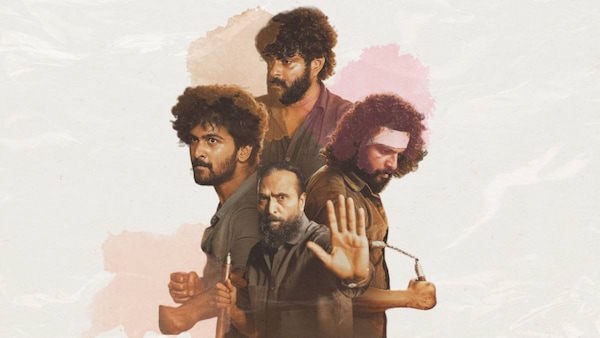
When did you realise that you wanted to be a movie director?
I was always interested in watching films as a child. I spent all my free time in theatres, devouring all the mass masala films of that time. In college, it was a professor who watched my music album who first sowed the seeds of movie direction in me. That I think was the moment.
Then you shifted to Kochi, did odd jobs, and later worked as an AD on Basil Joseph’s Godha. How did you finally reach Sophia Paul?
When my debut film didn’t take off, it became increasingly difficult to sell a story to producers. They felt I could be unlucky. So I went back to doing shorts and made Colour Padam. When Justine, who worked on Minnal Murali, pitched my idea to Sophia Paul, she was already familiar with me because of my short film. Though my first plot didn’t work, she told me to come back with a narrative for a big theatre film. That was RDX. Pepe, who is a friend, didn’t even hear the story and agreed to act in it.
Were the controversies a setback?
The controversies started only after the shoot was over. I think it is natural to have conflicts on a film set — so many creative minds are at work. When Shane had an issue that I couldn’t resolve, we took it to the association, and it was sorted. And then I heard about drug use and that shocked me. I haven’t even seen Shane smoke a cigarette on the sets. All that worried me was that the film should be released somehow.
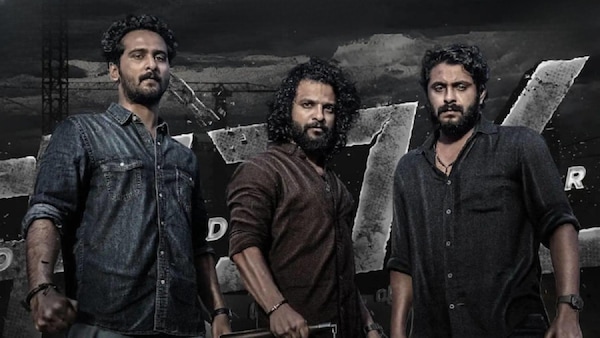
Somehow every discussion on RDX begins and ends with stunt choreographers Anbarivu. But then it is also true that RDX has very local flavoured stunts, as opposed to their staple larger-than-life style.
Of course, having experienced fight masters alone won’t guarantee good fights. Every fight in RDX had a screenplay. There had to be a nuance in the screenplay and choreography for the audience to buy them. Each fight had to be distinct and local. We didn’t require their epic stunts so we picked a metre that suited us. They agreed only after being convinced of our clarity. The interval fight was the only time when we tried something impromptu, though the cues were written.
What was your reference when you briefed them?
See when it comes to action choreography in Malayalam cinema, it has come to a point when you are required to look for Tamil or Telugu for reference work. I didn’t want Tamil/Telugu aesthetics in RDX. We wanted RDX to be the reference for other films. So enough detailing was given to them, including moments, style, and camera angles. And trust me when I say that a per-day fight sequence costs us a lot. Everything had to be prepared and planned in advance, including the storyboard, equipment, people etc.
The climax was especially expensive as we had to splurge on vehicles, balloon lights, rent bolt cameras, and dupes. I visited them on the sets of Salaar and other films, would sit at night, make miniatures of the sets, and design the action choreography. They had brought a team of people who were specially trained under them from Chennai and Mumbai. That formed a major part of the budget. And these guys will follow any instructions from their masters.
And the actors? This is also fresh terrain for them, isn’t it?
Yes. It was hugely challenging for them. Though Pepe was solid when it came to action, he had never really done emotional scenes. So he was tense. Shane said this wasn’t his zone and yet trusted me. He would quickly get exhausted as he wasn’t used to doing this level of action in a film. All I could tell them was to hang in there and not let the fatigue reflect on their faces.
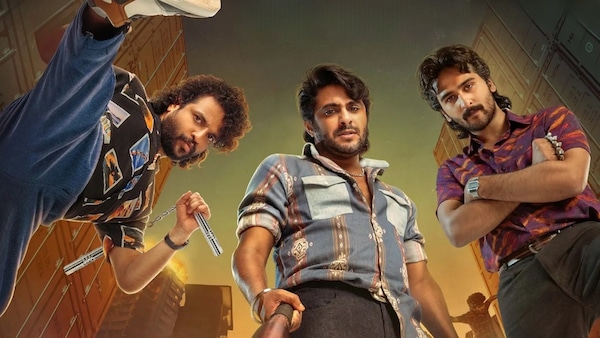
What’s the key to selling a compelling action scene?
Make-believe is the key. When it comes to action sequences, it is difficult to convince the audience as they are aware of the camouflage like rope and other paraphernalia that is used to pull off such stunts. So I made sure to keep a check on the gap between stunts when two actors come to blows with each other. There should be a smokescreen of tangibility there. That’s the only way to sell such fights. And once the audience accepted that first fight executed by Pepe, it became easier. Martial arts add credibility. So when Neeraj uses a nunchaku, despite his short stature, with the correct camera placements, he looks formidable.
The antagonists weren’t one-dimensional. What was the plan for them?
They had to be powerful. And we wanted fresh faces. Since the leading stars were also fresh and unexplored when it comes to this genre, we wanted villains who matched that freshness. When you have familiar actors, we can predict their mannerisms but not with our leading actors and villains. The main villain is struck by Pepe in one blow, but you know he can easily kill someone. That psycho layering is there. They are fearless and will do anything to win.
Babu Antony was a masterstroke, yet he seemed inevitable in such a genre.
I wasn’t initially confident to cast him as we couldn’t allow him unrestrained access on screen. That could divert attention from the leading men. But Sophia Paul was adamant as she felt it was foolish not to include such an iconic action hero in this film. What astonished me was that while narrating the story he was more interested in the plot than his character. He spoke about the emotions in the film. My reference was Karate Kid. Many people on the sets insisted that he should be given more footage, but I stuck to my guns. I knew he could easily walk away with the film. I think a film’s success is in wishing there was more, not in the excesses.
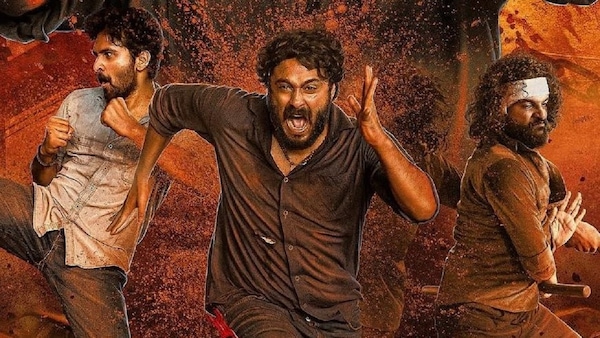
I thought the timing was spot on when it came to the release. Audiences are really lapping up masala action thrillers.
Yes. And we were also the underdogs. KOK got postponed. I am someone who believes that we have great content but lack a budget. So I wanted KOK to really do well as it would really elevate our chances in the pan-Indian market. Our audiences have loved Thallumaala and Nna Thaan Case Kodu equally. Our people aren’t fanatics — they are very rational and appreciate good films.
In hindsight, what do you think was the USP of RDX?
It worked with the family audience as they were convinced that the bad guys really should be annihilated. Our fight was for the family and that’s a universal emotion. In Big B, the brothers were waging a war against their mother’s killers. Look at John Wick, who wants vengeance against gangsters who killed a puppy gifted by his late wife. Now it is running in five parts. That’s an emotional connection that’s hard to ignore.
What’s your next plan? Will this be the base for your upcoming films?
I am not someone who makes a film for myself. Then I should produce the film and watch it myself. I want to do films looking at the audience's perspective. The kind of films Anwar Rasheed makes. When it comes to RDX, I saw it six times in the theatres and five times I was just watching the audience reactions. So the upcoming films will have this base. I am looking for theatre films. Now we have a few cinematic elements in our movies... We have OTT and theatre films, and I want to be that guy who offers you a great theatre watch.

 Premium
Premium